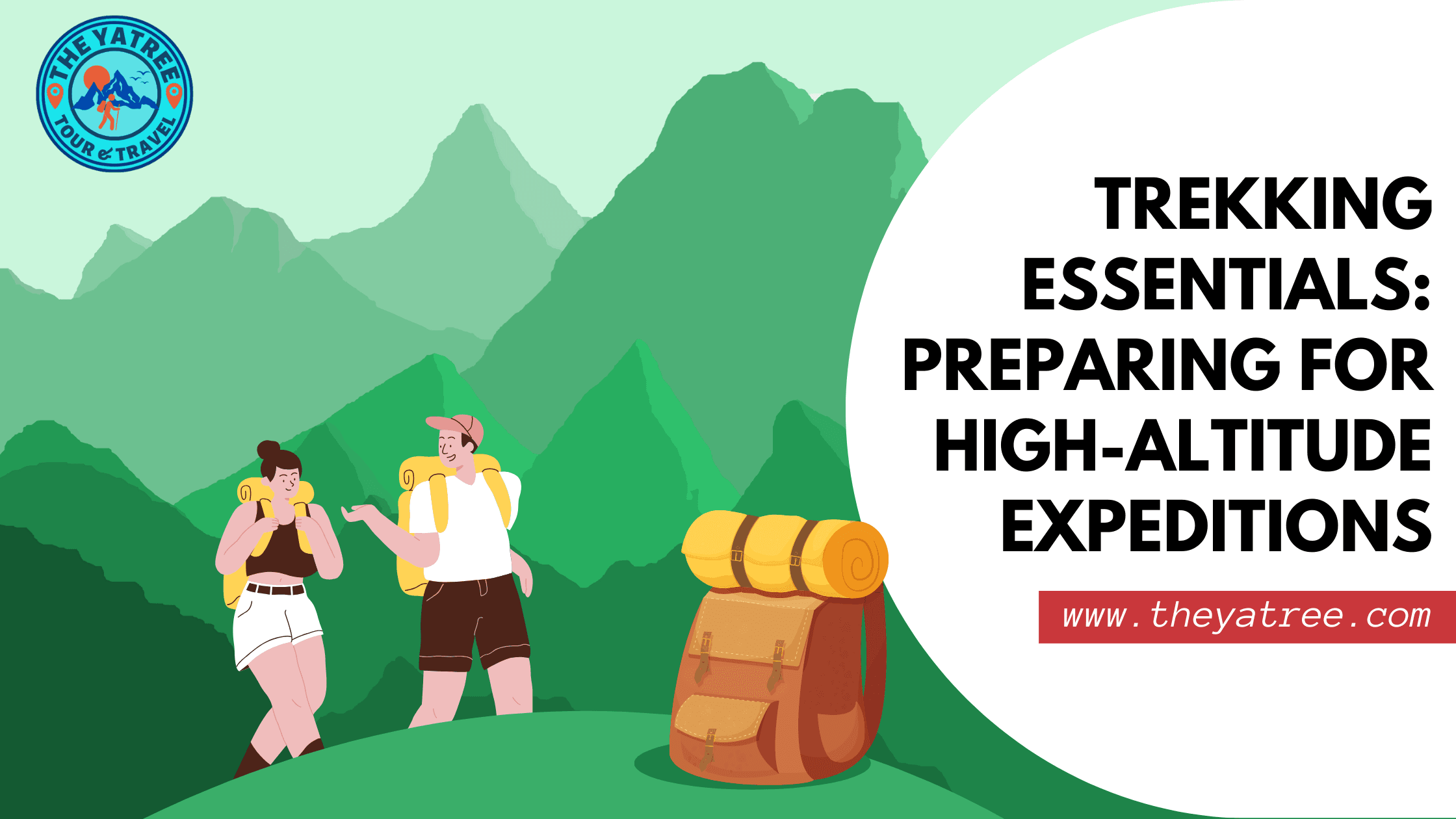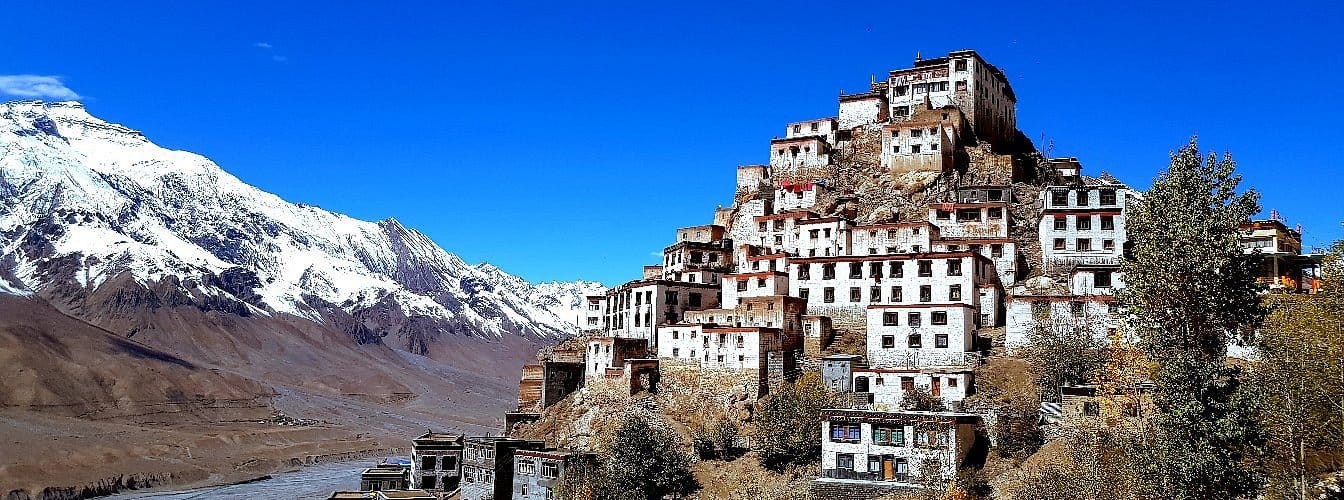
Trekking Essentials: Preparing for High-Altitude Expeditions
Trekking at high altitudes is an exhilarating experience, offering breathtaking views and a deep connection with nature. However, it also presents unique challenges, from extreme weather conditions to altitude sickness. Proper preparation is key to ensuring a safe and successful expedition. In this guide, we cover the essential aspects of high-altitude trekking, including a comprehensive packing list, physical training tips, and crucial survival strategies.
1. Packing List: What to Bring for a High-Altitude Trek
Packing the right gear is critical to a comfortable and safe trek. Here’s a checklist of essentials:
Clothing:
- Base Layer: Moisture-wicking thermal tops and bottoms
- Mid Layer: Insulated fleece or down jacket for warmth
- Outer Layer: Waterproof and windproof jacket and pants
- Trekking Pants: Lightweight, quick-dry pants
- Gloves and Hat: Insulated gloves and a warm beanie or balaclava
- Gaiters: Protects against snow and debris
- Socks: Wool or synthetic socks to keep feet dry and warm
Footwear:
- Trekking Boots: Waterproof, ankle-supportive boots
- Camp Shoes: Lightweight sandals or sneakers for resting at the campsite
Gear and Equipment:
- Backpack: 40-60L capacity, with adjustable straps
- Trekking Poles: Reduces strain on knees and enhances balance
- Sleeping Bag: Rated for sub-zero temperatures
- Tent (if required): Lightweight and suitable for harsh conditions
- Headlamp: With extra batteries
- Sunglasses: UV-protected, to prevent snow blindness
Survival and Safety Gear:
- First-Aid Kit: Includes altitude sickness medication, painkillers, and bandages
- Water Purification Tablets: Essential for safe drinking water
- Multi-tool/Swiss Knife: Useful for various tasks
- Fire Starter: Waterproof matches or a lighter
- Whistle: For emergency signaling
- Navigation Tools: Map, compass, or GPS device
Food and Hydration:
- High-Energy Snacks: Nuts, energy bars, and dried fruits
- Electrolyte Powders: Helps maintain hydration and energy levels
- Hydration System: At least 2-3 liters of water storage (hydration bladder or bottles)
2. Physical Training for High-Altitude Trekking
Building endurance and strength before your trek is essential. Here are key training exercises:
Cardio Workouts:
- Hiking with a Loaded Backpack: Simulates trekking conditions
- Running or Cycling: Improves stamina and lung capacity
- Stair Climbing: Strengthens leg muscles and enhances endurance
Strength Training:
- Squats and Lunges: Strengthen legs for steep ascents
- Core Exercises: Planks and sit-ups for stability
- Upper Body Training: Push-ups and resistance exercises for carrying a backpack
Acclimatization Training:
- If possible, train at higher elevations before your trek
- Practice deep breathing techniques for better oxygen intake
- Hydrate well to prevent altitude sickness
3. Survival Tips for High-Altitude Treks
Knowing how to navigate challenges at high altitudes can be life-saving. Here are key survival tips:
Dealing with Altitude Sickness:
- Ascend gradually and take acclimatization breaks
- Drink plenty of water and avoid alcohol and caffeine
- Recognize symptoms like headaches, nausea, and dizziness
- Carry Diamox (Acetazolamide) if advised by a doctor
Weather Preparedness:
- Always check weather forecasts before starting your trek
- Layer clothing for insulation and wind protection
- Be prepared for sudden changes in temperature
Navigational Awareness:
- Stick to marked trails and follow your guide if trekking in a group
- If lost, stay put and use a whistle or mirror to signal for help
- Have a backup power source for GPS devices
Emergency Response:
- Know basic first aid, including treating blisters and minor injuries
- Identify emergency exit points along your route
- Always inform someone of your trekking itinerary
Final Thoughts
Preparing thoroughly for a high-altitude trek ensures not only safety but also a more enjoyable experience. From selecting the right gear and training your body to knowing essential survival strategies, every detail matters. Whether you’re conquering the Himalayas, the Andes, or any other high-altitude terrain, preparation is your best ally. So, pack smart, train hard, and embrace the adventure that awaits in the mountains!




